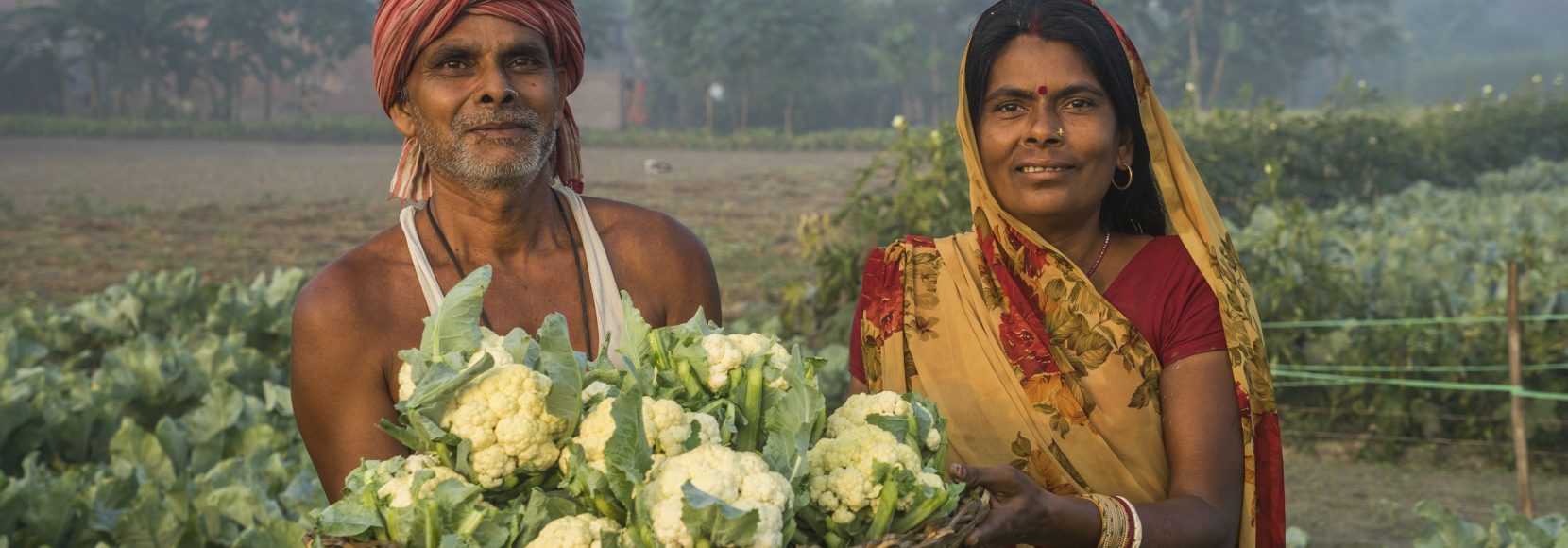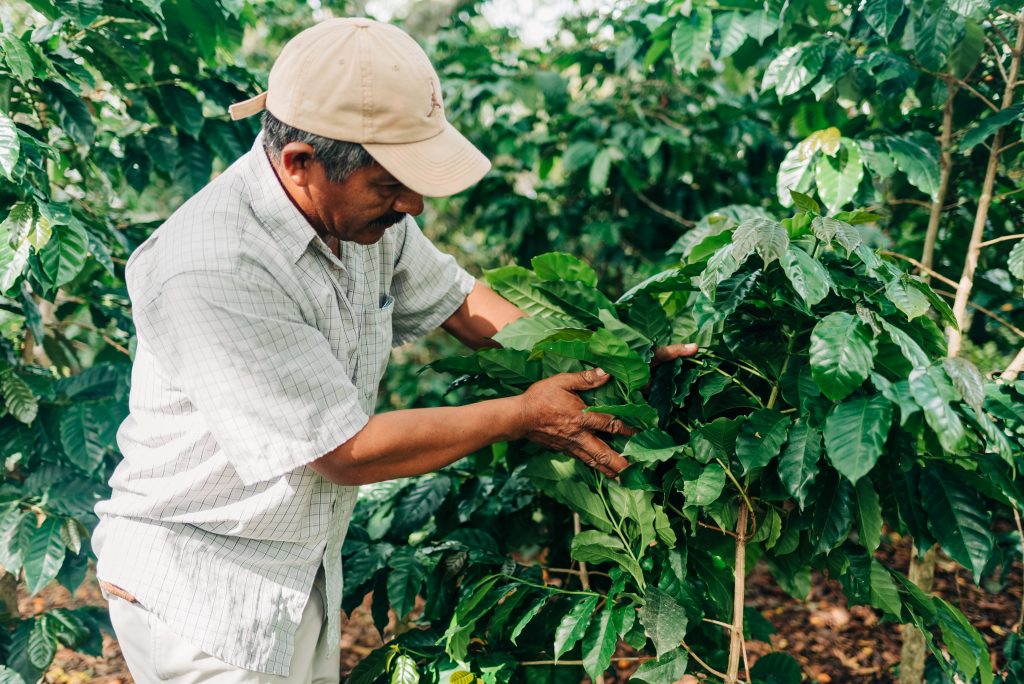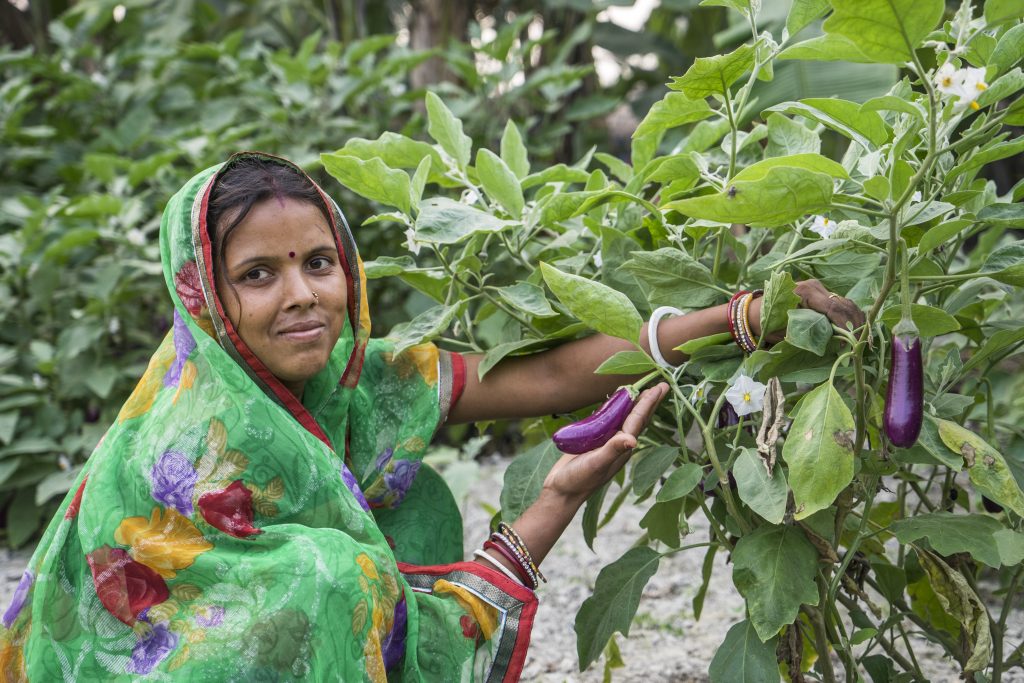
What Happened at COP28? 4 Outcomes from the UN Climate Conference
From a newfound focus on the links between food systems and climate change to a historic agreement to move away from fossil fuels, the COP28 climate conference brought major news to the global fight against poverty.
From November 30 to December 13, more than 80,000 delegates, activists, business leaders, and others gathered in Dubai for the United Nations Climate Change Conference. What happened at COP 28? And what does it mean for smallholder farmers, entrepreneurs, and other community members who are vulnerable to the impacts of climate change? Here are four key COP28 outcomes.
4 Key COP28 Outcomes
1. Linking Agriculture, Food, and Climate Change
Food systems contribute about one-third of greenhouse gas emissions and are also increasingly vulnerable to the impacts of climate change. However, past climate conferences have often overlooked the vital sector.
That changed at COP28. More than 150 countries signed on to the UAE Declaration on Sustainable Agriculture, Resilient Food Systems, and Climate Action. The declaration lays out the critical role that investments in food and agriculture have in fulfilling the Paris Agreement and commits countries to supporting farmers and others who are vulnerable to the impacts of climate change.
It is crucial that the words in the declaration translate into action on the ground. During COP28, for example, TechnoServe leaders shared how adopting regenerative farming practices like stumping coffee trees can help the world produce more agricultural products without increasing carbon emissions or using more natural resources.

2. A Transition Away from Fossil Fuels
The burning of fossil fuels is a leading source of carbon in our atmosphere, and their continued use is one of the principal obstacles to combating the climate crisis.
In a landmark agreement at COP28, the final deal included language committing countries to “transition away from fossil fuels in energy systems.” The language is included in the Global Stocktake, the official mechanism by which progress on the Paris Agreement is measured.
Nevertheless, activists and others have warned that this language is not strong enough to spur the renewable energy transition that the planet needs.
3. A New Fund for Loss and Damage
Already, hundreds of millions of people–primarily in the Global South–are seeing their lives and livelihoods impacted by the effects of climate change. In recent years, for example, TechnoServe clients have faced historic floods in Nigeria, punishing drought in India, and repeated hurricanes in Puerto Rico.
Climate-linked disasters like these threaten to push more people around the globe into poverty. Against this backdrop, negotiators struck a deal last year at the COP27 conference in Sharm El Sheikh, Egypt, to create a loss and damage fund to assist vulnerable countries impacted by extreme climate events. But no decision was made about how the fund would be financed or administered.
This year, there has been greater progress toward making the loss and damage fund a reality. Negotiators agreed to house the fund at the World Bank on at least an interim basis. Meanwhile, governments from around the globe have pledged the first $700 million for the fund.
Important work remains, however. First, the fund needs more and larger contributions, as the $700 million committed so far covers less than 1% of the projected need. Second, the fund’s administrators must ensure that the resources effectively reach smallholder farmers, coastal communities, and others on the frontlines of climate change.

4. The Role of the Private Sector in Climate Change Solutions
While most of the headlines focused on negotiations between government representatives, much of the action at COP28 was driven by the private sector. Leading global companies pledged billions of dollars of investment in sustainable sourcing and regenerative agriculture across their supply chains. Meanwhile, the world’s leading dairy companies launched a global platform to reduce methane emissions in their operations.
Speaking at the Agri-Food Systems Summit at COP28, TechnoServe CEO William Warshauer said, “Business has moved on. It is not about if [they make their supply chains more sustainable], it’s all about how. They’ve committed publicly to their climate targets, which they cannot meet–they can’t come close to meeting–unless they revamp their agricultural supply chains. So there’s investment coming in. There’s a great focus on this, and there are reasons to be optimistic.”
Already, we have seen these kinds of investments create positive impacts for farmers and the planet. Earlier this year, TechnoServe drew from its experience to publish a white paper about how food companies can spark a regenerative transformation in their supply chains.





